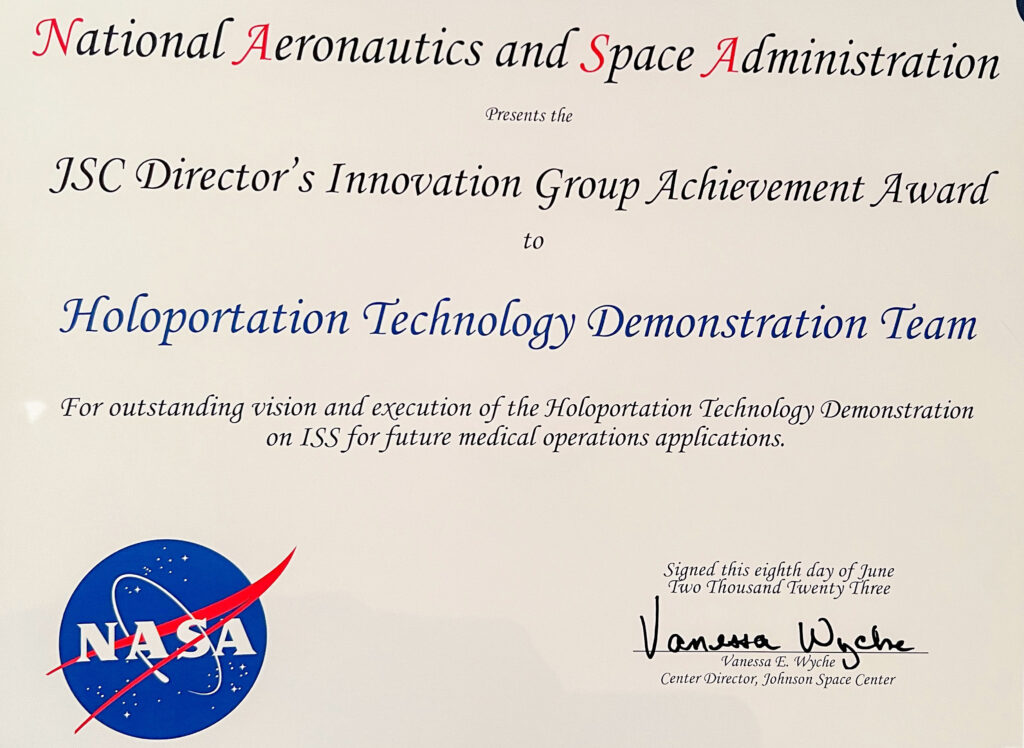🚀 Aexa Aerospace Names Nathan Ream as New Chief Technology Officer
Leader Behind Off-Planet Holoportation and HoloConnector AI to Drive Next Tech Era
HOUSTON, TX — Aexa Aerospace is proud to announce the promotion of Nathan Ream to Chief Technology Officer (CTO), effective immediately.
A Proven Innovator in Space Technology
Nathan joined Aexa in May 2017. Since then, he has played a key role in many of Aexa’s most groundbreaking accomplishments. He helped lead the first off-planet holoportation session with the International Space Station. He also helped develop HoloConnector AI, the world’s first autonomous, device-agnostic holographic agent for use in both space and Earth-based missions.
A Vision for the Future
“Nathan is a rare kind of engineer,” said Dr. Fernando De La Peña Llaca, President and CEO of Aexa Aerospace. “He doesn’t just write code—he brings science fiction to life. His leadership helped turn holographic teleportation from a dream into reality. There’s no one better to lead our tech vision as we move toward the Moon, Mars, and beyond.”
Leading the Next Chapter
As CTO, Nathan will oversee all of Aexa’s technology strategy and innovation. He will focus on immersive communication tools, offline AI agents, and low-bandwidth XR systems. These tools will be critical for future NASA missions, defense operations, and industry applications on Earth.
“I’m honored and excited to step into this new role,” said Nathan Ream. “Working at Aexa has always felt like standing on the edge of possibility. Now, I get to help define what comes next—and we’re just getting started.”








